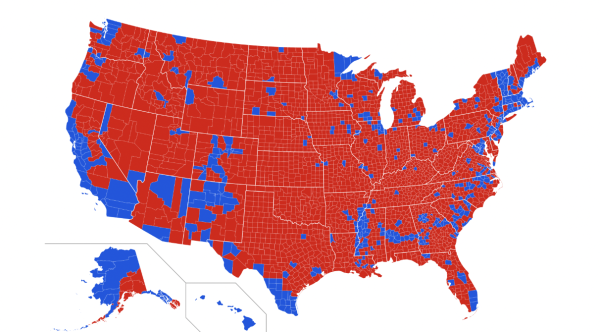Not a fashion statement
Clothing disregards cultural tradition.
As a daughter of immigrants from halfway across the world, I struggled with trying to embrace my family’s strong cultural and religious ties, especially when I was younger.
For a project in elementary school, I presented about the history of India — where my parents emigrated from — dressed in full traditional Indian clothing with a bindi, a small colored dot worn in the middle of the forehead.
Bindis, commonly worn by Hindu and Jain women for thousands of years, hold great religious value, but also cultural significance. Although no one directly made fun of me, I remember feeling uncomfortable and hearing insensitive comments about the look of the bindi.
Now bindis are a staple of music festival apparel and are considered trendy and artistic. But it took me up until just a few years ago to be proud of wearing them, even though they are an integral part of my family’s culture.
This issue of misusing religious symbols was recently brought to light in mainstream media.
While debuting the Fall 2018 collection during Milan fashion week, Gucci models wore the typical eccentric runway apparel, accessorized with blue turbans.
But these turbans are not just a fashion statement. They are a representation of Sikh religion, worn by men and boys to wrap long, uncut hair.
By using turbans on models who do not follow the Sikh religion and not citing Sikhism as the origin of the style, Gucci checked all the boxes of cultural appropriation — and there are plenty of actual Sikh models they could have used instead.
These garments that have been worn for thousands of years cannot suddenly become trendy or fashion forward when thousands of Sikh men have experienced forms of discrimination for wearing the mandatory representation of their religion.
In a post-9/11 world, hate crimes against Sikhs skyrocketed as the turban began to become equated with terrorism. Just within the month after the attacks, the national Sikh Coalition reported more than 300 cases of violence and discrimination against Sikhs in America. Countless stories of Sikhs being told to “Go back to your country” still flood the internet.
No one likes to be outcasted or made fun of for his or her differences, especially when those differences are integral parts of an identity. Clothing or accessories with associations to religious traditions should not be considered fashion statements when their original wearers feel discomfort and isolation everyday.







